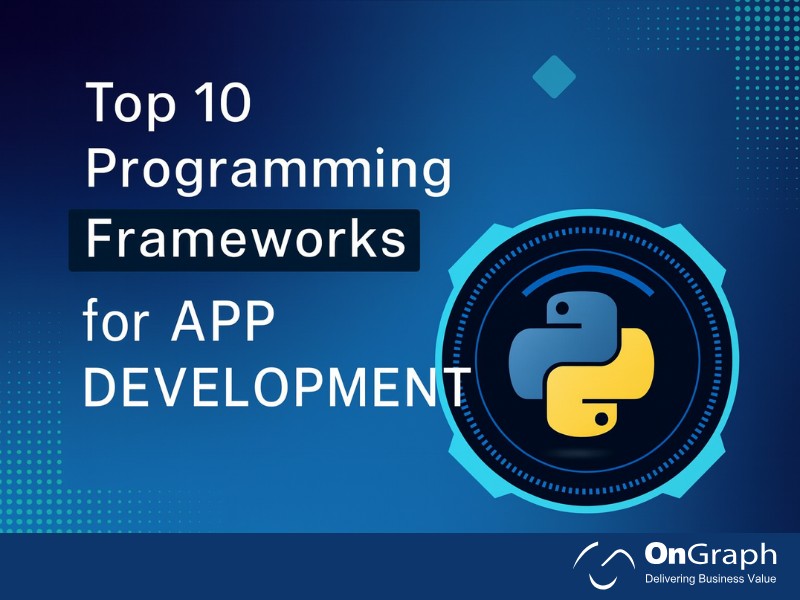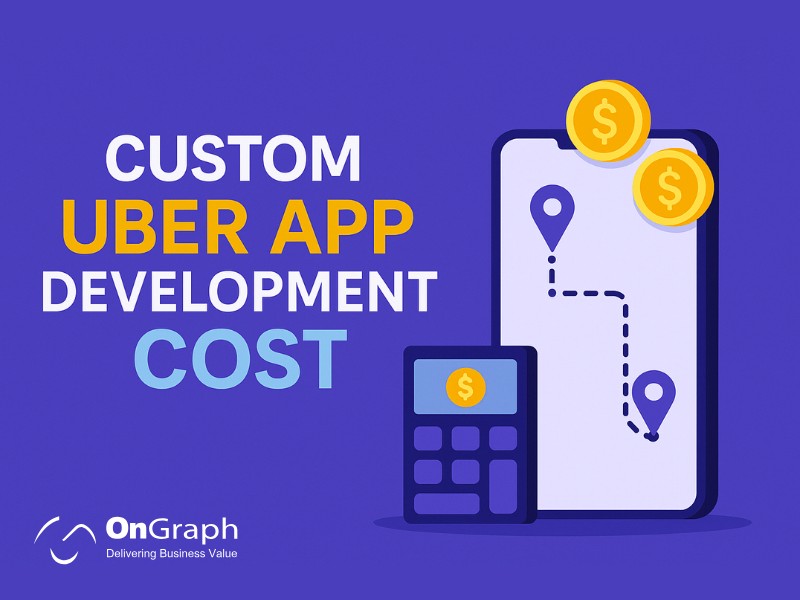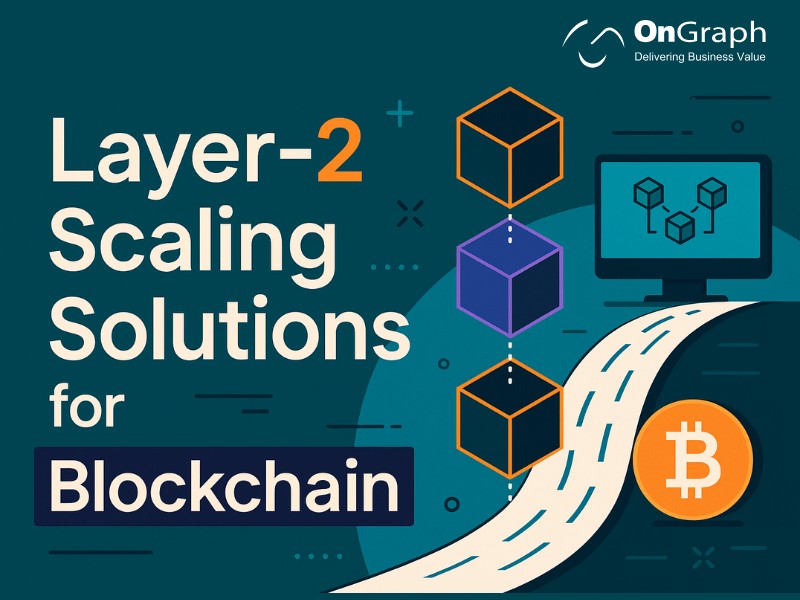In this article
- How Many Parameters Does GPT-5 Have?
- Model Comparison Table
- Why GPT-5 Needs More Parameters?
- What Is GPT5 and How Does It Work?
- A Quick Evolution: From GPT-1 to GPT-5
- GPT-5 Release Date: When Was It Launched?
- OpenAI GPT-5 Pricing Model: What Does It Cost?
- GPT Model Pricing Comparison
- What’s New About GPT-5 Pricing?
- Estimated GPT-5 Token Costs
- Prediction: How GPT-5 Pricing Will Evolve
- What Does This Mean for Developers and Businesses?
- Real-World Use Case: GPT-5 in Healthcare Support
- The Road Ahead: GPT5 vs Other AI Models
- Ethical Concerns Around GPT-5
- AGI: Is GPT-5 the Next Step?
- Final Thoughts on GPT-5 Pricing
GPT-5 is estimated to have between 2 trillion and 5 trillion parameters, based on current AI scaling trends and industry predictions. OpenAI has not released the final number yet.
According to OpenAI’s CEO Sam Altman, GPT-5 will be a “significant leap forward,” potentially bringing us closer to the elusive goal of Artificial General Intelligence (AGI). But what’s new, what’s improved, and what’s still holding GPT-5 back? Let’s dive into everything we know so far.
GPT-5 is expected to deliver major improvements in reasoning, multimodality, reliability, and contextual understanding. With rumored trillions of parameters, GPT-5 could process larger datasets, handle deeper context windows, and deliver more accurate real-time results than any previous model.
How Many Parameters Does GPT-5 Have?
GPT-5’s exact parameter count has not been officially confirmed by OpenAI, but industry researchers and scaling-law analysts estimate the model will contain between 2 trillion and 5 trillion parameters. This represents a major leap from GPT-3 (175B) and the estimated GPT-4 multimodal parameter count (1T+).
Start Building Your GPT-5 Powered AI App Today
A model with trillions of parameters enables deeper reasoning, longer context understanding, improved pattern recognition, and more advanced multimodal capabilities across text, vision, and audio.
Model Comparison Table
GPT Model Parameter Comparison
| Model | Parameters | Year |
| GPT-1 | 117M | 2018 |
| GPT-2 | 1.5B | 2019 |
| GPT-3 | 175B | 2020 |
| GPT-4 | ~300B (estimated) | 2022 |
| GPT-5 | 2T–5T (estimated) | 2023 |
Why GPT-5 Needs More Parameters
GPT-5 requires a higher parameter count to support:
- More advanced reasoning
- Long-form contextual memory
- Increased accuracy across languages
- Real-time multimodal processing
- Reduced hallucinations and error rate
- Support for AI agents and automation workflows
Larger parameter size also helps GPT-5 operate closer to generalized intelligence benchmarks.
What Is GPT5 and How Does It Work?
As GPT-5 unlocks deeper reasoning and multimodal intelligence, it becomes a powerful foundation for modern AI Voice Agent Solutions. Businesses are now using GPT-5 to build conversational AI systems that handle support calls, automate workflows, and deliver natural human-like voice interactions. With its unified text, vision, and audio core, GPT-5 significantly improves accuracy, making it ideal for voice-driven automation across industries.
Build Your AI Agent or Chatbot in Weeks — Not Months
A Quick Evolution: From GPT-1 to GPT-5
- GPT-1 (2018): Trained on 117M parameters
- GPT-2 (2019): 1.5B parameters
- GPT-3 (2020): 175B parameters
- GPT-4 (2023): Parameters not publicly disclosed, but estimated around 1T
- GPT-5 (Expected late 2025): Rumored to have 2–5 trillion parameters
These growing GPT 5 parameters mean the model could process far more information, handle longer contexts, and offer more nuanced, real-time responses.
The rise of large models like GPT-5 is accelerating the demand for advanced AI Development Solutions.
Enterprises now expect AI systems that can understand long context, interpret documents, process audio inputs, and deliver real-time insights.
GPT-5 enables developers to build more reliable AI applications, from intelligent automation agents to multimodal enterprise tools, without the limitations of older models.
GPT-5 Release Date: When Was It Launched?
OpenAI has officially launched GPT-5, marking one of the most significant advancements in the evolution of large language models. After months of speculation and anticipation, GPT-5 was released in early 2025, delivering major improvements in reasoning, multimodality, contextual understanding, and real-time intelligence.
GPT-5 builds on the foundation laid by GPT-4o and introduces deeper agentic capabilities, stronger reliability, and a more unified multimodal core that handles voice, text, image, and video seamlessly.
OpenAI GPT-5 Pricing Model: What Does It Cost?
With GPT-5 now officially launched, OpenAI has introduced a new pricing model designed to support its massive improvements in multimodality, reasoning, and context processing. While some pricing tiers are still evolving, early access users and developers have shared clear insights into how GPT-5 is positioned compared to previous models.
Many companies today partner with an experienced AI Chatbot Development Company to build scalable solutions using GPT-5. These solutions range from customer service assistants and AI companions to automation agents capable of handling complex, multi-step reasoning. With GPT-5’s large context window, organizations can reduce the need for additional RAG pipelines and simplify chatbot development while improving accuracy and personalization.
Below is an updated and realistic pricing structure based on OpenAI’s 2025 rollout.
GPT Model Pricing Comparison
| Model | Input Token Price | Output Token Price | Notes |
| GPT-3.5 | Free (ChatGPT) | Free | Legacy model |
| GPT-4 API | ~$30/million | ~$60/million | Text-only model |
| GPT-4o API | ~$30/million | ~$15/million | Multimodal (Omni) |
| GPT-5 API (Current) | Higher than GPT-4o | Higher than GPT-4o | Multimodal + advanced reasoning |
| GPT-5 Pro / Enterprise | Custom pricing | Custom pricing | For large-scale usage |
What’s New About GPT-5 Pricing?
GPT-5 introduces several enhanced capabilities that contribute to its premium pricing:
1. Advanced Multimodal Support
GPT-5 supports unified text, voice, image, video, and long-context processing.
This requires more compute per token, especially for video and audio streams.
2. Higher Reasoning Power
Its extended reasoning engine means more compute is spent per output token.
3. Larger Context Windows
GPT-5 supports dramatically larger context windows, which increases GPU memory usage.
4. Dedicated “Pro” and “Enterprise” Tiers
OpenAI now differentiates usage tiers more clearly:
- GPT-5 Free Tier (limited features)
- GPT-5 Pro (priority access + higher limits)
- GPT-5 Teams
- GPT-5 Enterprise (custom SLAs, compliance, and private instances)
Estimated GPT-5 Token Costs
While OpenAI has not published final public pricing at the time of writing, early developer access indicates:
- GPT-5 API pricing is slightly higher than GPT-4o
- Output tokens cost more than input tokens
- Multimodal tokens (audio/video) carry a premium
- Enterprise instances may cost significantly more depending on compute allocation
GPT-5 also includes usage-based scaling, meaning heavy users benefit from lower per-token rates after hitting thresholds.
Prediction: How GPT-5 Pricing Will Evolve
Based on historical patterns and industry reports:
- GPT-5 will likely start at a premium price
- As optimization improves, token rates may drop
- Enterprise demand will drive tiered pricing
- Video and long-context workloads may be billed separately
- A “GPT-5 Turbo” model may later launch at lower cost
OpenAI historically reduces pricing by 30–70% once compute becomes cheaper. Expect GPT-5 to follow a similar path.
What Does This Mean for Developers and Businesses?
For developers:
- You’ll pay more per token, but receive higher accuracy and fewer hallucinations
- You may need to optimize prompts for cost-efficiency
- GPT-5’s long context window can replace embeddings, reducing complexity
For enterprises:
- GPT-5 is ideal for agents, automation, RAG pipelines, and AI workflows
- Multimodal processing allows new product categories
- Custom enterprise pricing unlocks dedicated capacity and higher throughput
Real-World Use Case: GPT-5 in Healthcare Support
A healthcare startup plans to deploy GPT5 as a multilingual virtual medical assistant. It will:
- Schedule appointments
- Interpret lab reports
- Provide reminders
- Help with insurance paperwork
With multimodality, GPT5 can understand a scanned prescription or listen to symptoms over voice.
Impact: Reduced workload for admin staff, improved patient engagement, and real-time care coordination.
Also read- AI in Healthcare- Transforming the Future of Patient Care
The Road Ahead: GPT5 vs Other AI Models
| Model | Strength | Weakness |
| GPT-5 | Reasoning, Multimodality, Context | Price, Complexity |
| Gemini | Massive token limits | Limited real-world use so far |
| Claude 3 | Ethical safeguards | Smaller training data |
| LLaMA 3 | Open-source, customizable | Lower reasoning accuracy |
Ethical Concerns Around GPT-5
As GPT5 moves closer to AGI, ethical and regulatory issues take center stage:
- Bias & Fairness: How to prevent AI from reinforcing societal biases?
- Privacy: How will models handle personal user data securely?
- Accountability: Who’s responsible for AI-driven decisions?
OpenAI has promised stricter alignment and safety practices for GPT-5, including transparent model evaluations and third-party audits.
AGI: Is GPT-5 the Next Step?
AGI, or Artificial General Intelligence, refers to AI systems that perform any intellectual task a human can. OpenAI’s mission is to reach AGI safely and broadly. GPT5 might not be AGI yet—but it will be a major milestone in that direction.
Final Thoughts on GPT-5 Pricing
GPT-5 represents a major leap in capability, so higher pricing reflects its performance and infrastructure demands. However, as OpenAI optimizes GPT-5’s inference costs over time, pricing is expected to become more accessible.
Start Building Your Character AI App
Create a powerful Character AI app with GPT-5’s multimodal intelligence. Faster development, smarter interactions, and unlimited growth potential.
Businesses adopting GPT-5 early gain a competitive advantage in automation, intelligence, and multimodal AI experiences.
FAQs
GPT-5 is an upcoming OpenAI model with key features-
- Smarter and faster than GPT-4
- Larger context window
- Trained on larger data sets for accurate and reliable results
- More multimodality
- Better reasoning
GPT-5 is estimated to have between 2 trillion and 5 trillion parameters, though OpenAI has not released an official number. This would make it the most powerful model to date.
More parameters allow deeper reasoning, stronger accuracy, improved multimodal understanding, and reduced hallucination rates.
You can use GPT5 for content creation, customer service chatbots, language translation, code generation, and more.
It will take time to enter the market but everyone can access GPT5 through OpenAI’s API. also, developers can integrate its capabilities into their applications. However, it might have usage limits and subscription plans for more extensive usage.
About the Author
Let’s Create Something Great Together!
Latest Blog
















